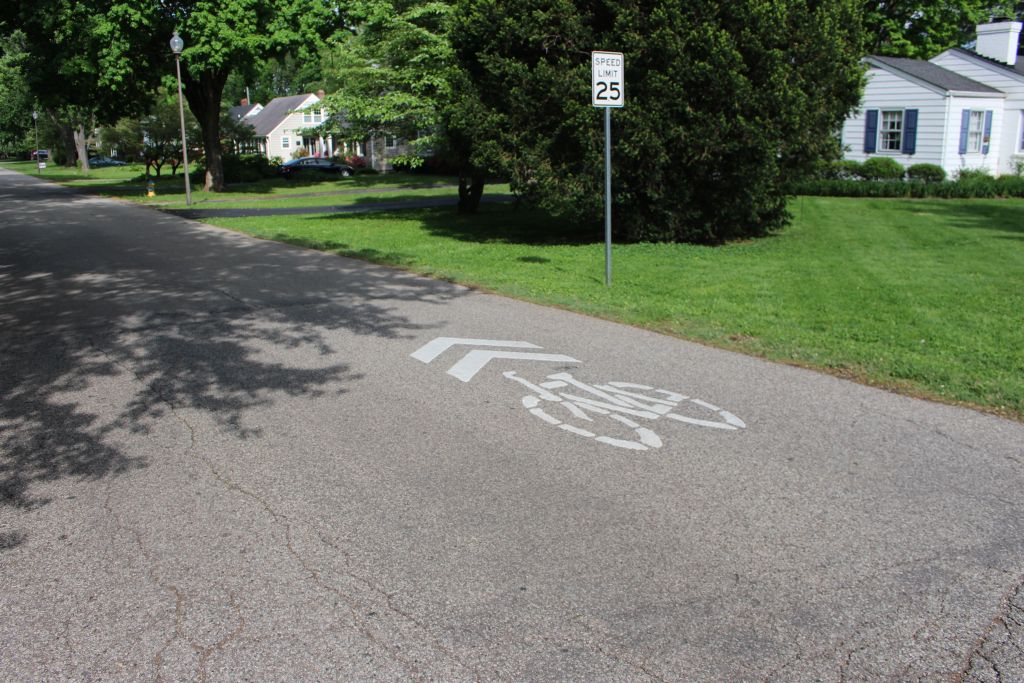Sometimes Risky Business, But Cyclists Persevere
July 5, 2017
Riding through the wind, the smooth pavement guiding you toward your desired destination. This is what bike riders hope for. In reality, some bike riders take risks riding on a vehicle that weighs 15 pounds, frantically maneuvering around cars. They are bound to end up with problems depending on the time and place. This brings up the question, Is bike riding safe in this city?
In most cases, yes, riding a bike is quite safe — if riding in an area where traffic volume is low and riders are visible to cars. Trinity IT member Mr. Jeff Noe, a known biker within the school community finds cycling a good form of exercise after a long day of work. He sometimes rides his bike to and from work.
Noe, who moderates the Cycling Club at Trinity, said, “The time of day and when you are biking are by far the most important factors in biking. The best time of the day is

probably in the morning on a Sunday, while the worst being at 5 p.m. on a Friday when everyone’s coming home from work.” 
Even with bike lanes, riders take risks. Noe has had some moments where he has had to brake hard and tap on a car to avoid being injured, which to some is an uncomfortable risk – to others it isn’t.
A vlogger named Casey Neistat, who is based in New York City, made a video about how unsafe it is to use bike lanes on a day-to-day basis; the video went viral.
To combat this issue, Neistat simply uses bike lanes when it’s safe or at times doesn’t use them at all, instead biking between cars. He has gotten multiple tickets for this behavior, but finds the risk worth taking. A common view is that biking isn’t safe in many areas across the United States.
A law passed recently in California allows for leaving bike lanes: “Any motorcyclist riding on a roadway, in the state of California, is able to use the space in between cars on roads as a lane to move freely throughout.”
In Kentucky, the laws “grant bicyclists the right to the road but assigns them the responsibility to obey all laws and the controls found there.”
Some Trinity students also ride bikes. Rising junior Andrew Cawood said he’ll only bike to school when the weather is good or if he isn’t physically capable.
Cawood said, “It also depends on where I have to go, because I’m not going to bike two hours to a place that’ll take 20 minutes to drive to.”
For cyclists, the type of bike used can impact not only personal comfort but safety.
Trinity teacher Mr. Jason Daniel and Noe agree that one should make a good investment on a bike and keep it in good shape.
Daniel said, “A good entry-level bike should cost around $500, but can range from that to tens of thousands of dollars. To some, these (bikes) are more than means of transportation and can take seconds off of their times in races.”
The only maintenance required in owning a bike is to check tire pressure weekly and keep gears oiled. If a bike sits for a long duration, it is also good to ride it a little bit and mechanically break it in to prevent problems. In addition, a good quality helmet is necessary. Wearing a helmet, of course, improves any rider’s safety and may in some instances save a rider’s life.
Daniel, who admits at times he does not wear one, encourages the use of helmets. Daniel said, “I believe to the fullest extent that everyone should wear a helmet.”


